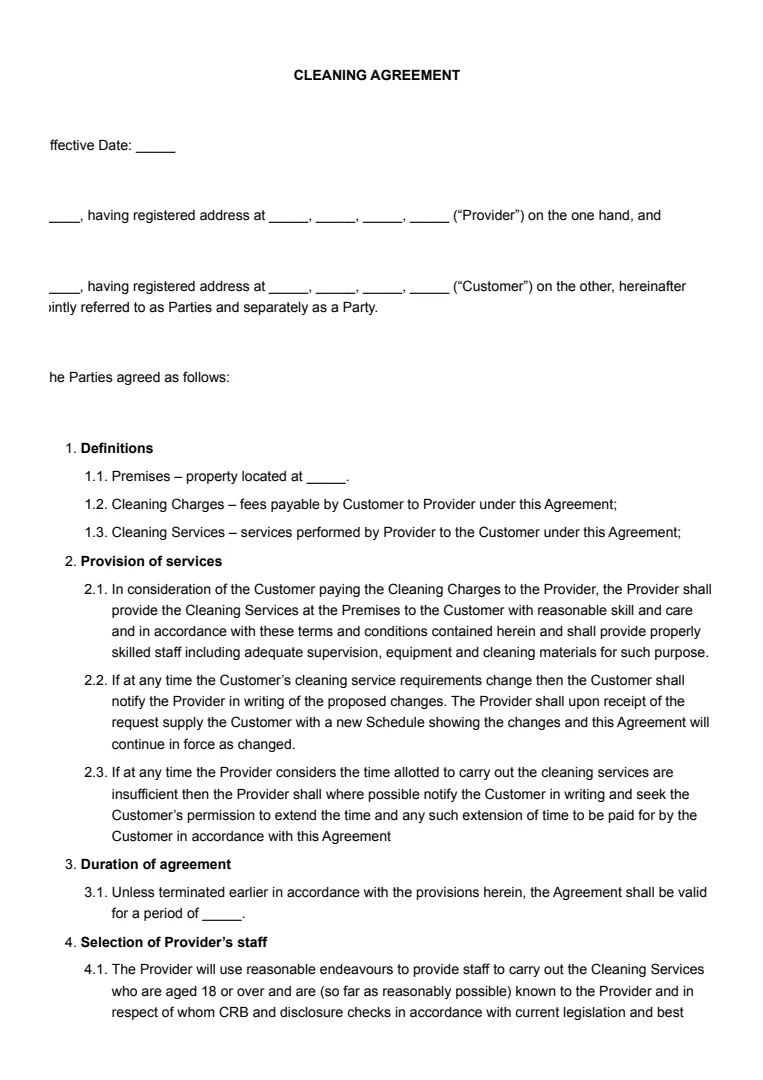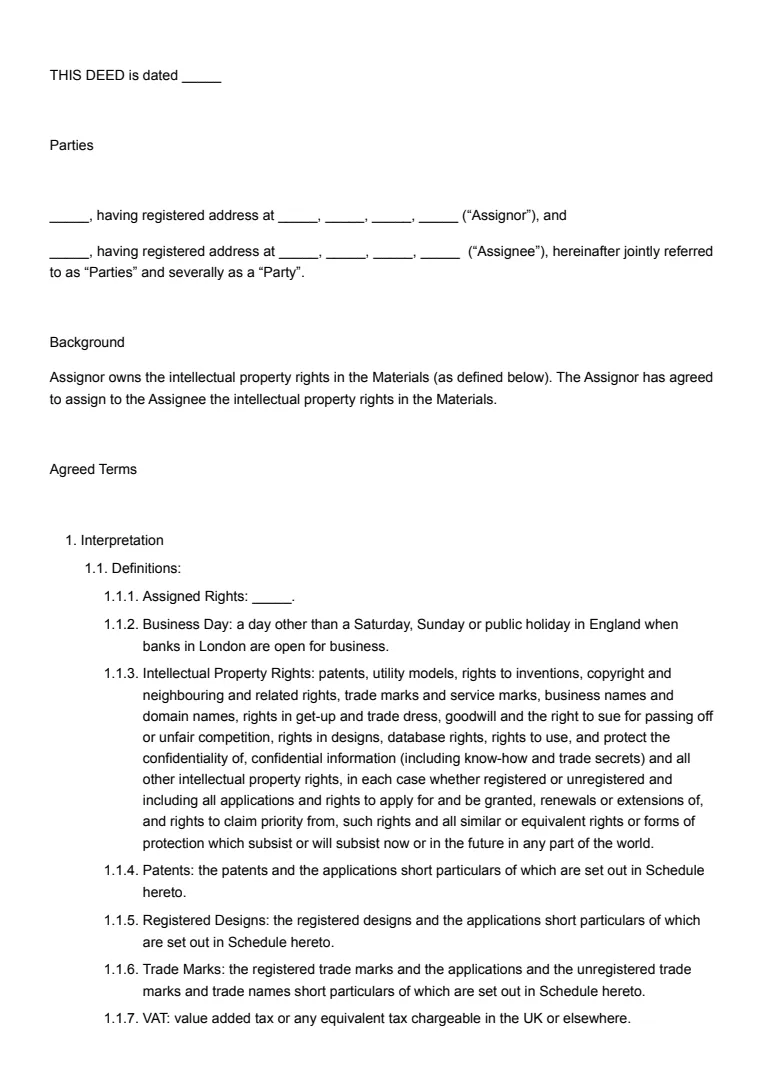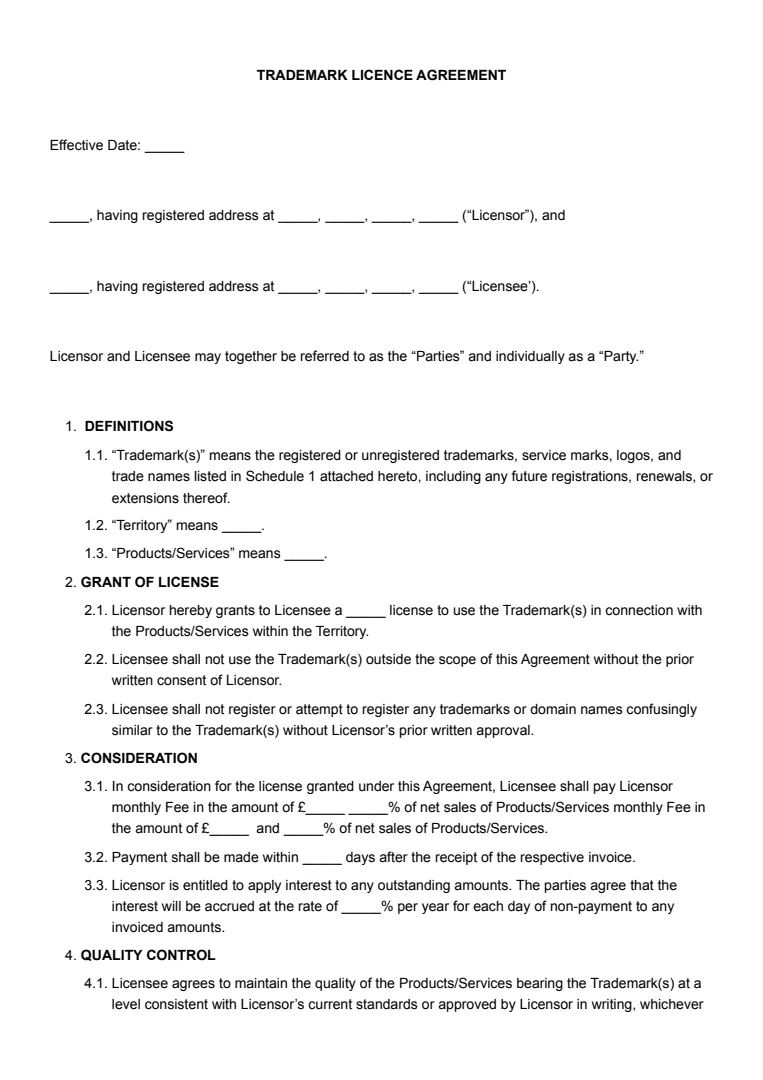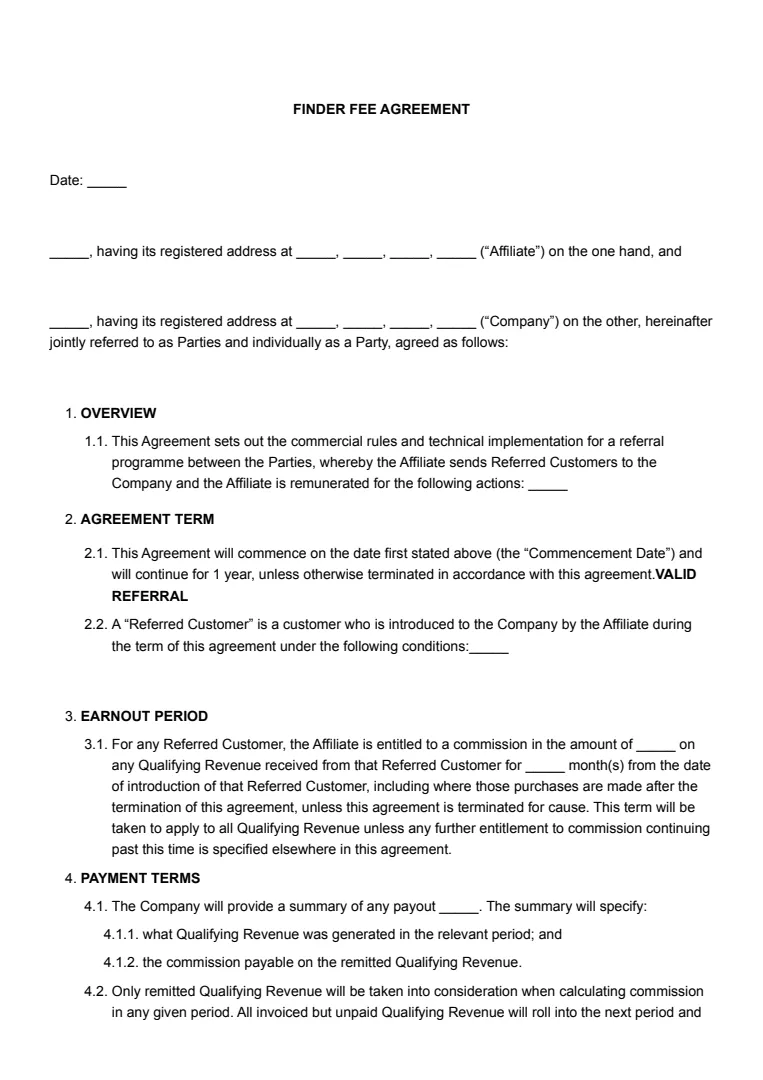What Is a Cleaning Contract?
A cleaning contract is a formal agreement between a cleaning service provider and their client. It’s like a guidebook for what to expect from your cleaning service. It clearly lays out the services that will be performed, the schedule, and the payment terms.
You can expect a cleaning services contract to detail specific tasks. This can include vacuuming, dusting, carpet cleaning, or whatever you and the service provider agree upon.
The contract ensures that both parties know exactly what's included, helping to manage expectations.
Payment terms are another critical part of a cleaning contract. Whether you pay hourly or a flat fee, this should be spelled out. Payment frequency – weekly, monthly, or per clean – is also usually included.
Duration and termination terms are often found in these contracts. You'll know how long the agreement is in place and how to cancel it if necessary. This provides a level of security for both you and the cleaning company.
A customised agreement can be beneficial. Whether you're a business seeking a commercial cleaning contract or need residential services, personalising the agreement to fit your needs is crucial. This ensures that all your specific requirements are met.
When Is a Cleaning Contract Needed?
If you have a commercial cleaning business, a cleaning contract is crucial to formalise agreements with clients. This ensures that both parties know what to expect. It becomes especially important when dealing with large facilities or long-term engagements.
A cleaning contract comes into play when clients need specific services outlined clearly. This could involve vacuuming, mopping, or sanitising areas, which should be specified in the agreement.
For residential cleaning services, a contract can help outline the agreed services, fees, and any particular requirements the homeowner may have. This ensures everyone is on the same page and can prevent misunderstandings.
Any time there's a financial transaction or service exchange, having a contract helps to ensure all terms are legally binding. This includes payment schedules like net 30 terms, where payments are due within 30 days. A contract also protects your business from potential disputes.
How to Write a Cleaning Contract
If you’re a cleaning services provider, creating a cleaning contract might seem challenging. However, breaking it down into manageable steps simplifies the process.
Each part of the contract should clearly outline expectations and responsibilities. You can use a cleaning contract template to help guide you.
Step 1: Identify Parties
Start by clearly noting the names and contact details of all parties involved.
You'll want to list your own information and the client's details. This ensures that everyone knows who is part of the agreement.
Step 2: Define Services
Next, describe the cleaning services you will provide. Be specific about what tasks will be performed, such as vacuuming, dusting, or sanitising surfaces.
Specify any equipment or cleaning supplies you will use or require clients to provide.
Step 3: Specify Schedule
Outline the schedule for your services. Will you clean daily, weekly, or monthly?
Mention specific days and times, ensuring it suits both your and the client's availability. This helps set clear expectations and avoids confusion.
Step 4: Set Payment Terms
Detail how and when you will be paid.
Include your rates, any applicable taxes, and accepted payment methods. Whether it's a flat rate or an hourly fee, clarity in payment terms ensures timely and hassle-free transactions.
Step 5: Include a Cancellation Policy
It's essential to have a clear cancellation policy. Define the notice period required if either party cancels or reschedules services.
This protects your time and helps you manage your schedule effectively.
Step 6: Detail Staffing
If you plan to have a team, note the responsibility for staffing. Indicate if you or your staff are responsible for completing the tasks.
This provides transparency about who will be entering the client's premises.
Step 7: Specify Satisfaction and Reporting
Lastly, mention any satisfaction guarantees or reporting periods. Outline how clients can communicate concerns and allow a timeframe to address any issues.
This element shows your commitment to quality service and client satisfaction.















